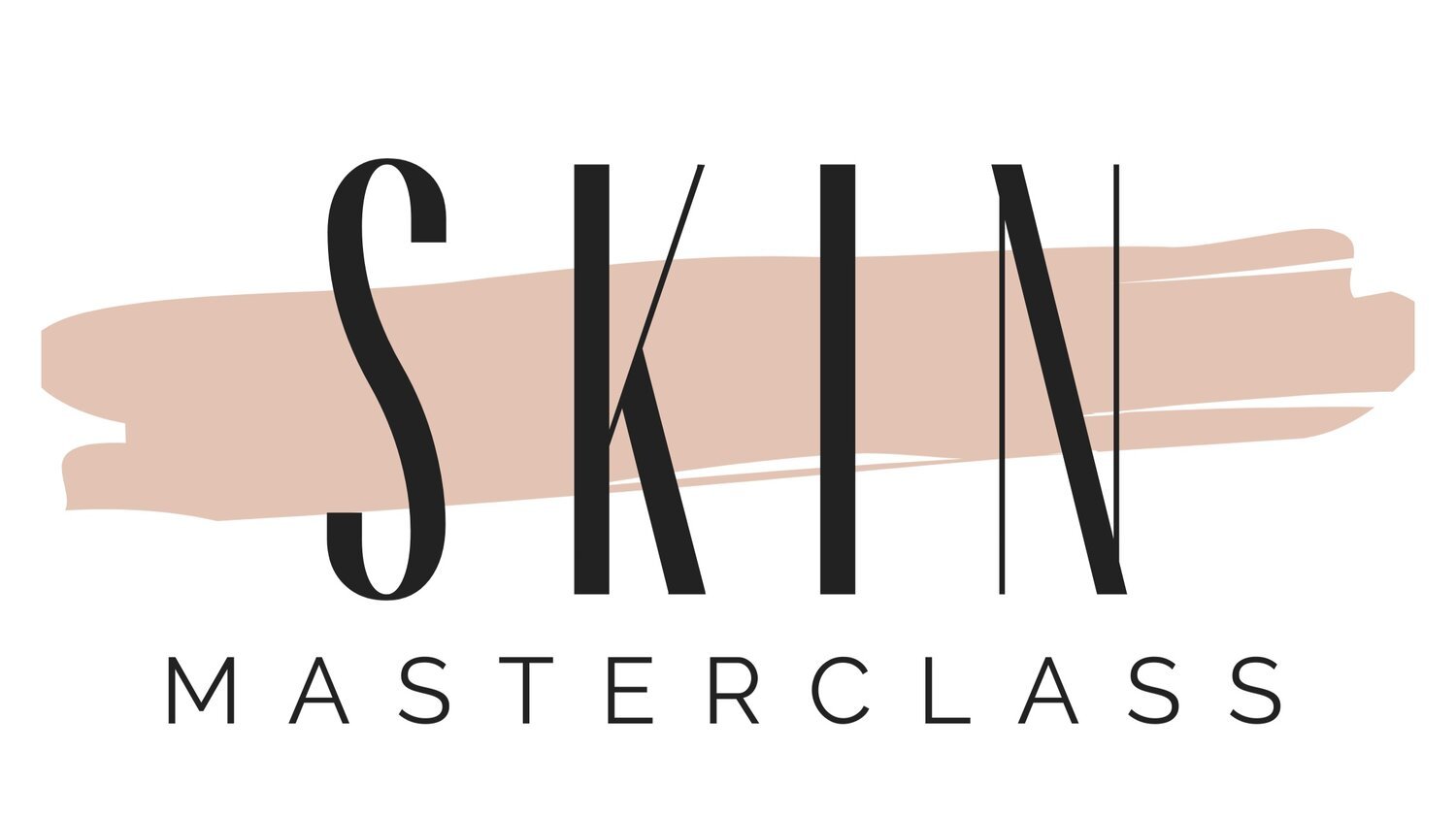Why L-Ascorbic Acid May Not Work for Everyone
Have you ever recommended L-ascorbic acid (LAA) to a client or used LAA yourself only to find out it's causing more harm than good?
Well, you're not alone!
LAA, the powerhouse of Vitamin C, is known for its brightening effects and antioxidant properties. However, some clients might not see the benefits they're hoping for.
Signs like heightened sensitivity, irritation, and even more breakouts or congestion can be signs that L-ascorbic acid might not be the right fit.
But why does this happen?
LAA can be too acidic and potent for acne prone and sensitive skin types, especially at high concentrations above 10%. Its low pH can lead to heightened skin inflammation and aggravate existing skin conditions rather than improving them (but remember formulation is king, and there are ways of avoiding this too).
So, what's the alternative of LAA?
Sodium Ascorbyl Phosphate (SAP)! This water-soluble form of Vitamin C is gentler on the skin while still delivering its potent antioxidant benefits.
Studies show that SAP at 5% is efficient in the prevention and treatment of acne, as well helping to brigthen skin, with no-similar side effects, as the product is much more stable.
Now, here's how you can incorporate Sodium Ascorbyl Phosphate into your client's skincare routine.
After cleansing in the morning, they can apply a few drops of the Vitamin C serum onto the face and neck, gently patting it in until fully absorbed.
For enhanced benefits, SAP can be layered (some brands formulate it together) with other ingredients like Niacinamide, Hyaluronic Acid, and Copper Peptides. These combinations not only further reduce inflammation but also promote wound healing and overall skin health.


